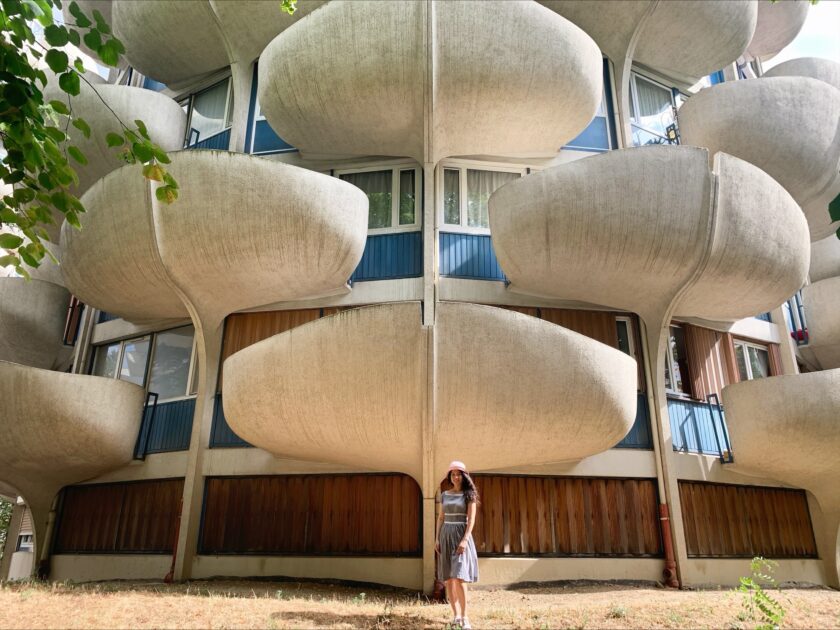
When one thinks of Paris, images of charming streets, iconic landmarks, and timeless elegance often come to mind. However, beyond the romantic cobblestone lanes and historic boulevards, a different architectural narrative unfolds – one of raw concrete, bold lines, and uncompromising forms. Brutalist architecture is certainly not what comes to mind when thinking of Paris, yet it can be found in the City of Light if you know where to look.
If you’re a fan of brutalism or simply wish to see Paris beyond what’s typically presented on postcards and in glossy magazines, you’ll need to head to the suburbs.
So for all you concrete lovers out there, come and join me on this tour of brutalist architecture in Paris.
1. Les Choux de Créteil | South East of Paris
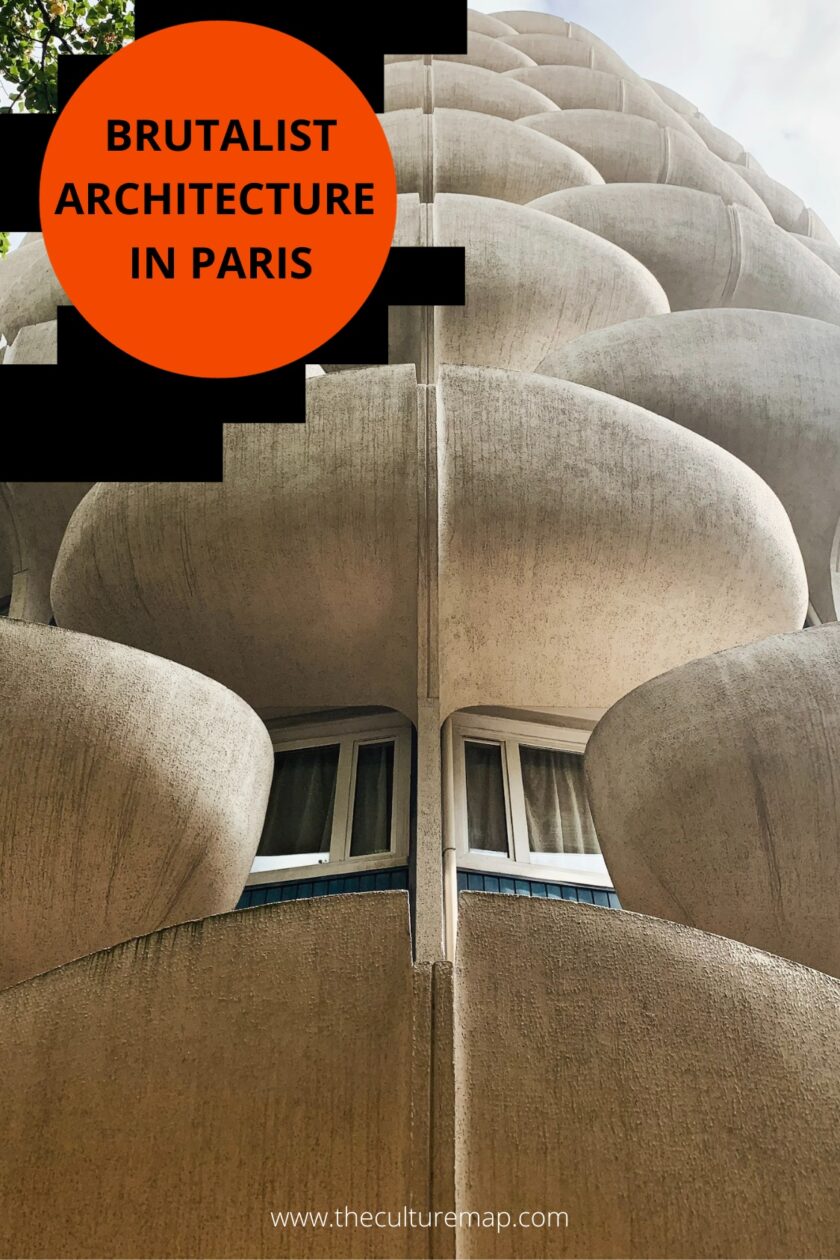
Kicking off the tour with the city’s most famous example of brutalism, this first destination takes you to the south-eastern outskirts of Paris, where the residential development known as Les Choux de Créteil awaits in all its glory. Built between 1969 and 1974, this complex features a series of imposing cylindrical towers and brutalist balconies, earning it the playful moniker “Les Choux” or “The Cabbages.”
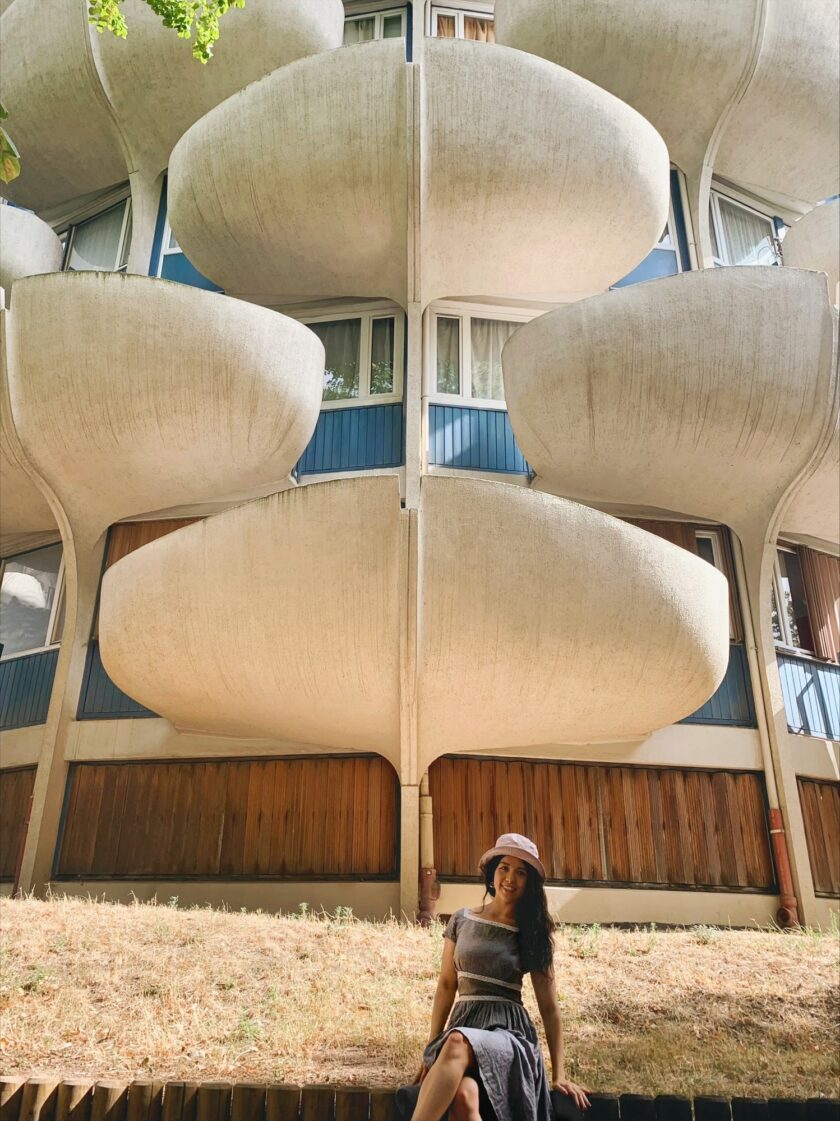
Architect Gérard Grandval envisioned a utopian living space that broke away from traditional urban planning. The towers, made of exposed concrete, form a geometric ensemble that challenges the conventional Parisian aesthetic. As you might imagine, with such a sway from normative conventions it initially drew polarising reactions, but these buildings are now certified a national heritage site, earning itself a greater degree of public appreciation.
As you wander through the pedestrian walkways and green spaces, the starkness of the concrete is softened by the surrounding greenery, creating a harmonious balance between nature and brutalist architecture.
Tip: Be sure to head inside nearby Créteil Cathedral designed by architecture Charles-Gustave Stostkopf. Previously a modest structure, it was redesign into something more architecturally distinct and luminous, before reopening in 2015.
2. Les Étoiles | Ivry-sur-Seine
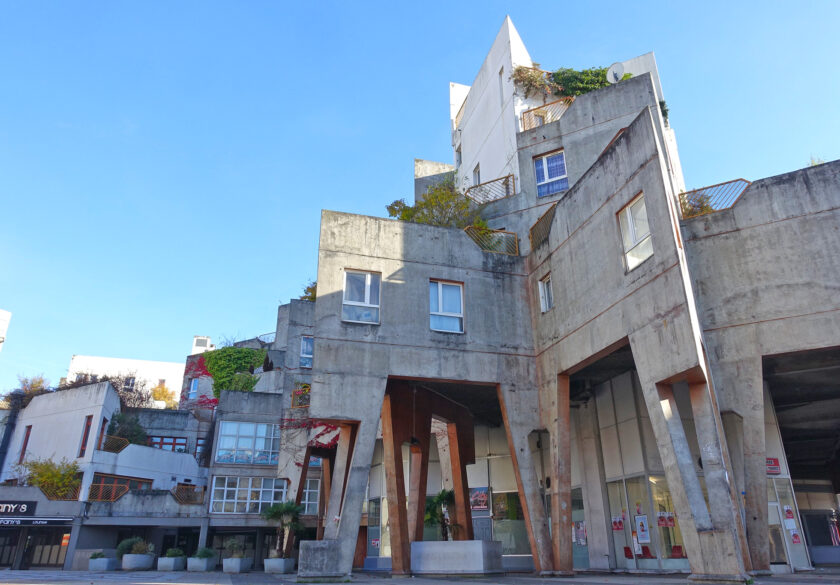
Next, head to Ivry-sur-Seine, a neighbouring suburb to the west of Créteil to explore the intriguing “Les Étoiles” residential complex in Ivry-sur-Seine. “Les Étoiles”, or “The Stars”, was built by the architect Jean Renaudie in collaboration with his wife Renée Gailhoustet between 1969 and 1975.
The maze-like complex is characterised by its bold and distinctive aesthetic, marked by triangular concrete structures – a trademark of Renaudie. From above the buildings look like a constellation of stars, but you’ll need to find a high vantage point to witness the formation.
The complex’s tiered structure, with cascading terraces and walkways, provide both communal spaces and private outdoor areas. Bridging the gap between indoor and outdoor space is the wild vegetation that winds down and across the concrete facades adding an element of post-apocalyptic fantasy. I feel the TV series “The Last of Us” missed a trick by not using this place as a film location. Seriously though, how cool would that be?
3. Les Orgues de Flandre | 19th arrondissement
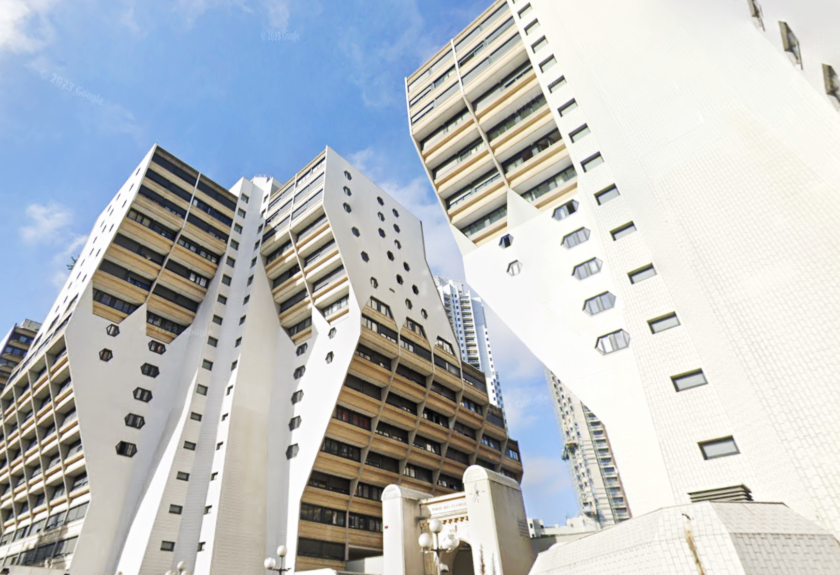
This next destination takes you to the North of Paris to visit Les Orgues de Flandre, or the “Organs of Flanders,” a distinctive residential complex located in the 19th arrondissement of Paris. Designed by architect Martin Schulz van Treeck and completed in the 1980, the housing complex consists of four interconnected high-rise buildings, comprising of nearly 4000 apartments, each featuring a facade resembling the pipes of an organ. The four towers are aptly named to the musical terms of Sonata, Cantata, Fugue, and Prelude, the latter being the tallest residential building in Paris at 26m (85ft).
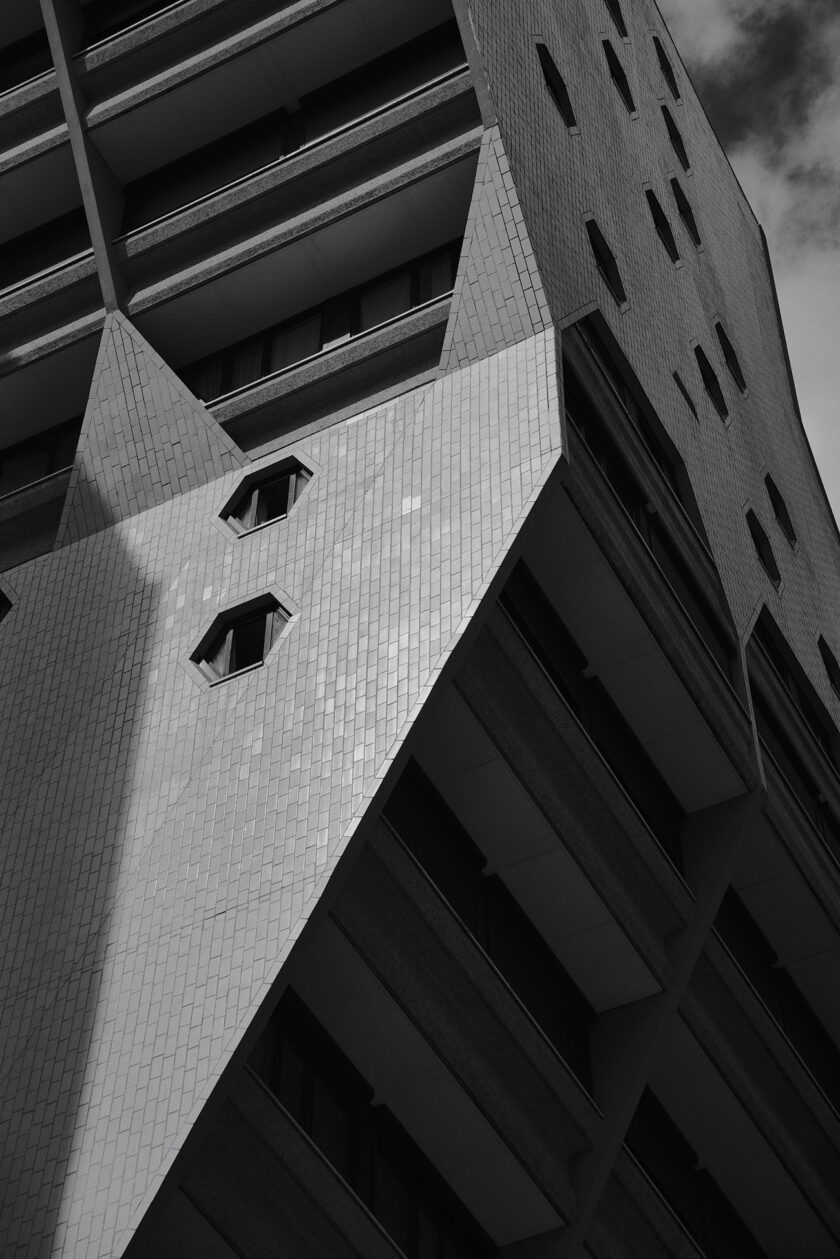
4. Centre National de la Danse | Pantin
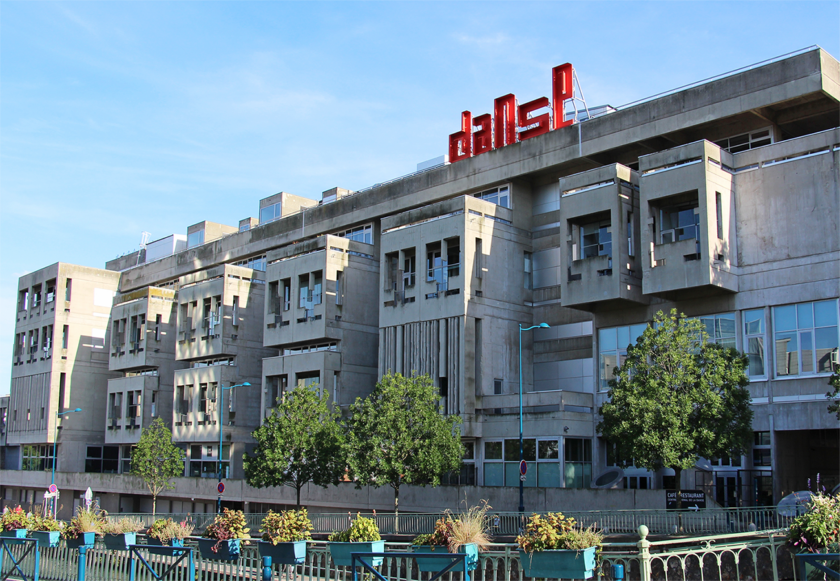
Walking across the 19th arrondissement, in the nearby neighbouring suburb of Pantin stands the Centre National de la Danse, the French national dance centre.
Built in the 1960s by architect Jacques Kalisz, initially as the new administration centre in town. However, the size of the building was deemed too large for purpose which resulted in several floors being abandoned and the building’s eventual degradation and closure in 1996.
Thankfully, unlike many brutalist buildings whose fate was sealed by the bulldozer, the building was renovated in 2000 by French architects and reopened as The National Dance Centre. Most of the concrete exterior was left alone, and while the interior is modern it still retains as much concrete as possible.
In total there are 11 dance studios, three of which are open to the public. The venue is also home to a library, classrooms, exhibitions rooms, a cinema and cafe. Some might say that while Kalisz was commissioned to build an administration centre, it’s like he always knew its real protentional was for something far greater.
What are your thoughts on brutalist architecture in Paris?
Looking for more brutalist buildings around the world? Take a dip into these articles:




